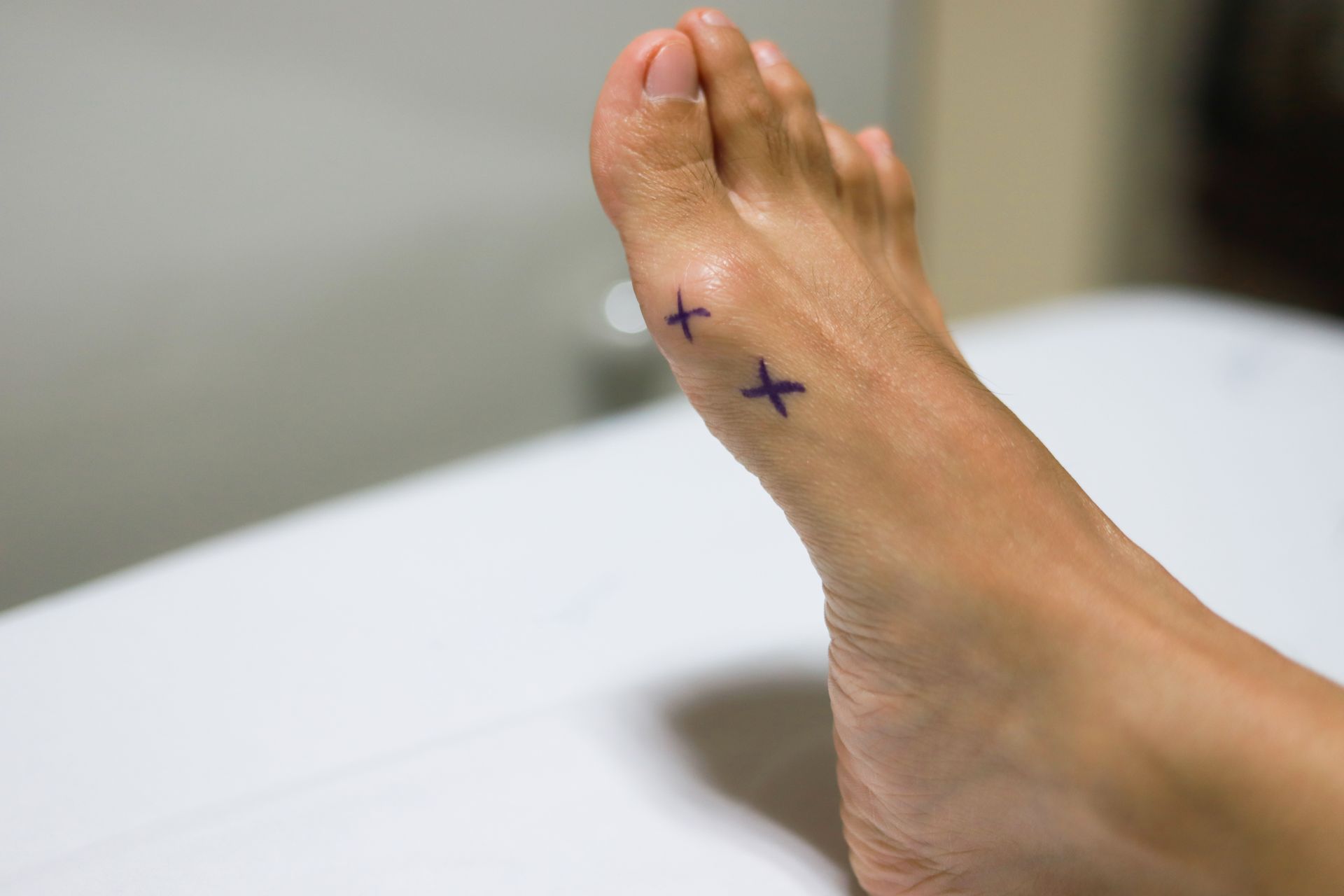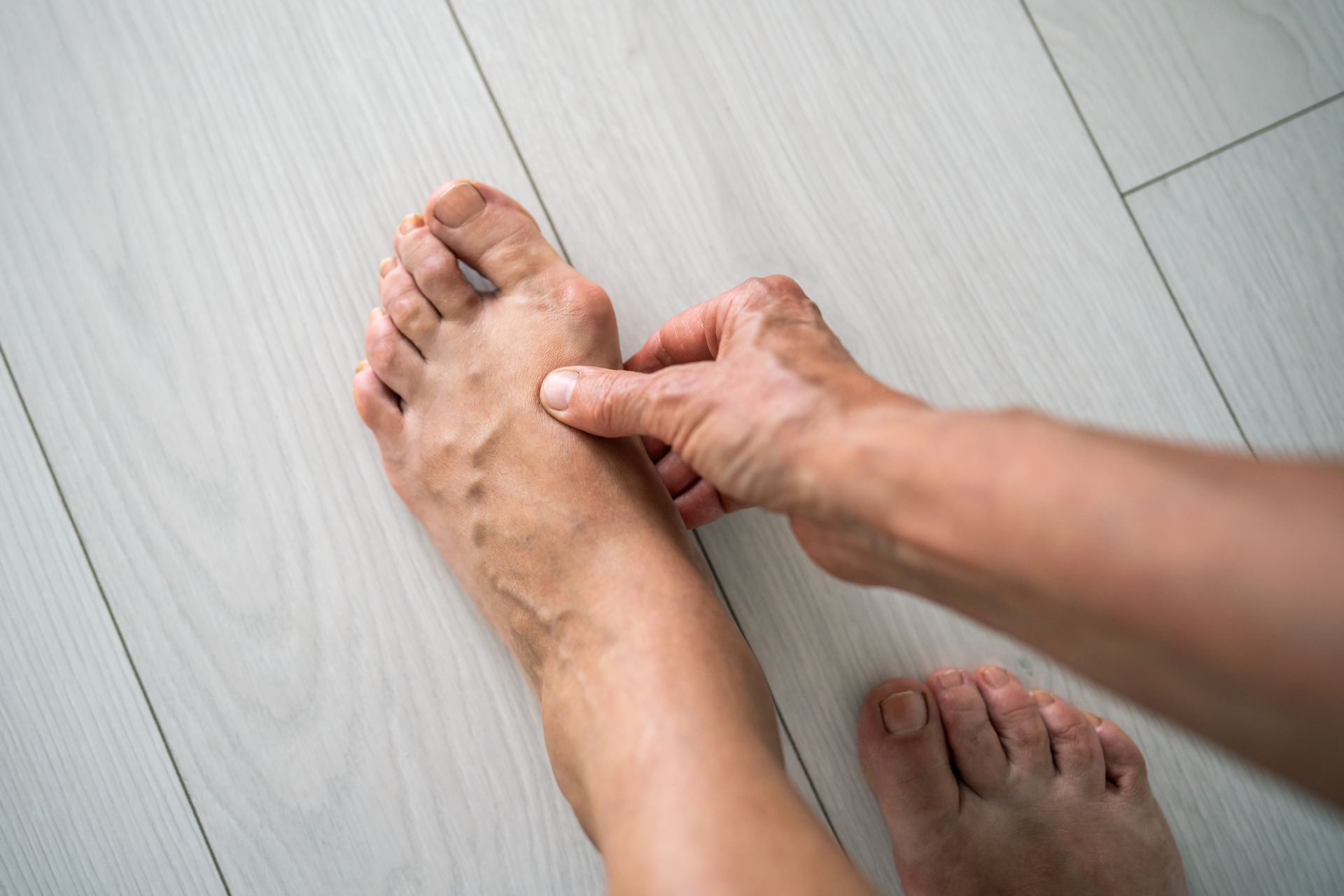FAQs From My 2nd Marathon
How did it go?
Awesome. What an experience! The Big Sur International Marathon is well organized from packet pick up to the post race festival. I recommend this event for someone looking for a destination bucket list marathon with gorgeous scenery. I suggest looking at the race elevations beforehand and training with the hills in mind. I can’t believe I had the opportunity to run 26.2 miles along scenic Hwy 1.
Why did you decide to run a 2nd marathon?
It has been almost 10 years since I completed my first marathon and I've always planned on running a second one. However, I have a fairly demanding job and two young children so I ended up running a number of half marathons because I just didn’t have the time for the longer training runs required for a full marathon.
Two years ago I tore the labrum in my right hip and I thought I’d never run again. For a while, I rode a Peloton bike and did yoga and gradually my hip felt better and stronger. I spoke with my orthopedist and he suggested I could slowly begin running again so long as my hip didn't bother me. talked to my doctor and he said I could try running and so far my hip hasn’t bothered me. My children have also gotten older leaving me more time to commit to the training needed for a full marathon.
Why did you choose The Big Sur International Marathon?
My first marathon was the Cape Cod marathon. A destination race is exciting and motivational for me during training. Cape Cod is a part of the country I’d never been to and it came up on a list of “Most Scenic Marathons.” We found a reasonably priced VRBO and made a family trip out of it. For my 2nd marathon, I wanted to replicate the experience of looking forward to running somewhere with mind-blowing views.
The Big Sur International Marathon tagline is “Running on the Ragged Edge of the Western World.” I read several reviews and looked at race photos and decided to go for it. If you look on their website you can see it is a very hilly course (a problem with scenic races that I encountered in Cape Cod). This adds a challenge, but it also takes off some of the pressure to have an impressive time.
Did you train differently for your 2nd marathon?
Yes, definitely! My first marathon was nearly 10 years ago. I was younger, lighter, and hadn’t had hip surgery. Unfortunately, I spent much of the training for my first marathon grouchy, sore, and in constant inflammation. Finishing the race felt terrific, but afterward, I remember my wife insisting that “We aren’t doing that again.” She was right. I worried too much about speed and didn’t give enough time for recovery between long runs. So when I decided to run a 2nd marathon I knew I’d need a different approach or my family was going to shut it down.
What changes to your training did you make?
For my first marathon, I used an 18-week training plan. I had recently completed a half marathon, so I felt like I had a solid base of mileage. The plan called for a fair amount of weekday mileage which was challenging with job and family obligations. The second time around I used a 6 month training plan. The advantage is I ran almost 200 more training miles, spread out over a longer time. This time I completed twice as many longer runs but kept my weekday runs to a one-hour maximum. I gradually stretched out my longer training runs on the weekends, and avoided overburdening my family by being absent as much during the week. The downside is committing to a 6-month training plan. That is a long time, and there’s some mental fatigue along the way.
Did anything else help with completing your second marathon?
Certainly altering my training plan helped, but I made two other changes that helped even more: I ran slower and took walking breaks on my longer runs. I’m a middle of the pack marathoner, running for fun and to stay in shape. Given that I’m older and heavier than I was ten years ago and also had surgery on my right hip it seems obvious that I should lower my expectations and run a little slower. But that’s not always how the brain works.
For my first few weeks, I was frustrated and wanted to push harder, but ultimately I decided to run 45 seconds slower per mile than the last time I trained for a marathon and that made it easier on my body and more enjoyable mentally—which is the whole point. This time I allowed myself to take walking breaks. On my longer runs, I decided to carry a small hydro flask collapsible water bottle. Every mile or so I would walk a minute and take a few sips of water. I would refill the water bottle about every hour when I’d pass my house or my parked car, depending on where I was training that day. Early in my training, the walking breaks kept my legs much fresher. As my fitness improved the walk breaks became less frequent.
Will you run a 3rd marathon?
Ouch. Never say never, but I’m still too sore to make that decision right now. Ha!


